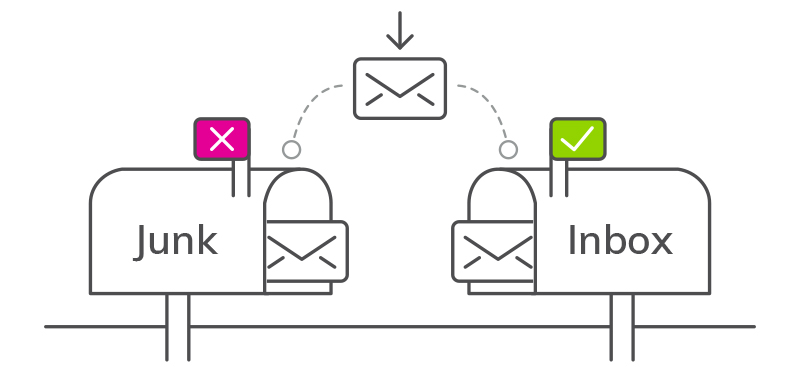Every marketer wants to send an effective email campaign that yields great results. Your email sending frequency plays a role in achieving those optimal results – after all, getting too many emails is why people unsubscribe from lists. Reviewing your sending frequency may help you stay up to date in this evolving marketing sphere. Here are 4 tips to consider when you do this.
1. Keep Your Focus on Engagement
Focusing on and monitoring your engagement metrics may help you better assess what email sending frequency works for your audience. Metrics like open and click-through rates, among others, can help you assess how email engagement changes when you adapt your sending frequency, helping you determine your sweet spot.
For instance, do your emails have subject lines that grab subscribers’ attention? If yes, this is one of the reasons your audience may be more likely to open your emails.
2. Stay Protected Against SPAM
Not reaching your subscriber’s inbox can have a detrimental impact on your business. It’s important to align your sending frequency to your audience’s needs to lessen the chances of your emails landing in the spam folder (here are some other ways you can prevent your emails from being flagged as spam).

3. Prioritise Sending Day & Time
Timing is important. To know when to send your bulk email communications, you have to know your audience. According to Wordstream, the best day to send emails is on a Thursday, but you’ll need to test this out to see if it works for you and your audience.
Research from WordStream also shows that subscribers will most likely read your emails between 8 and 9am, once they’ve had a chance to settle in at work. They may also read at 1pm, when they are catching up on their emails after lunch.
When you finally find a sending day and time that works for you, stick with it. Your audience may get used to receiving your emails on that certain day and time.
Interestingly, 23% of all email opens happen in the first hour after delivery. After 24 hours, the possibility of your email being opened drops below 1%. So, keep this in mind when reviewing your email sending frequency too.
According to MarketingSherpa, 61% of subscribers prefer to receive emails at least weekly.
4. Leave it Up to Your Subscribers
If you can, and your business has the capacity to, give your subscribers control over how often they receive your emails. For example, you could give them the option to receive emails daily, weekly, or monthly. You can present this option either when they first subscribe, or later through an email preference centre.
Giving them options like these may improve their opinion of your brand because you’re enabling them to have a say in the emails they receive. It also enables you to keep engaging, but at a frequency that works for them.

How Frequent is Too Frequent?
The best sending frequency for your business will depend on you and your subscribers’ needs – though some businesses say one to two emails a week could be a good starting point. Consider the tips in this post when reviewing your sending frequency to improve your email results.



